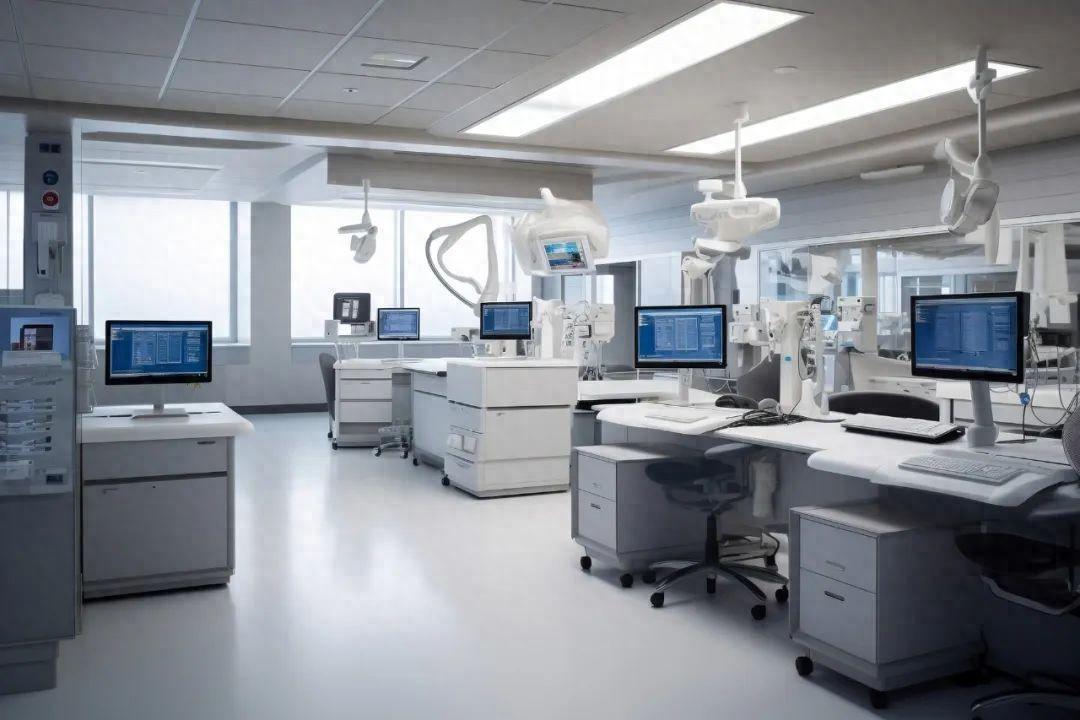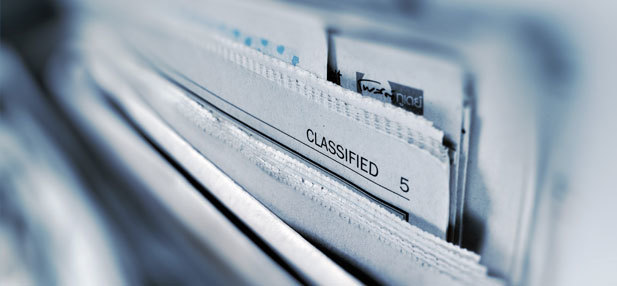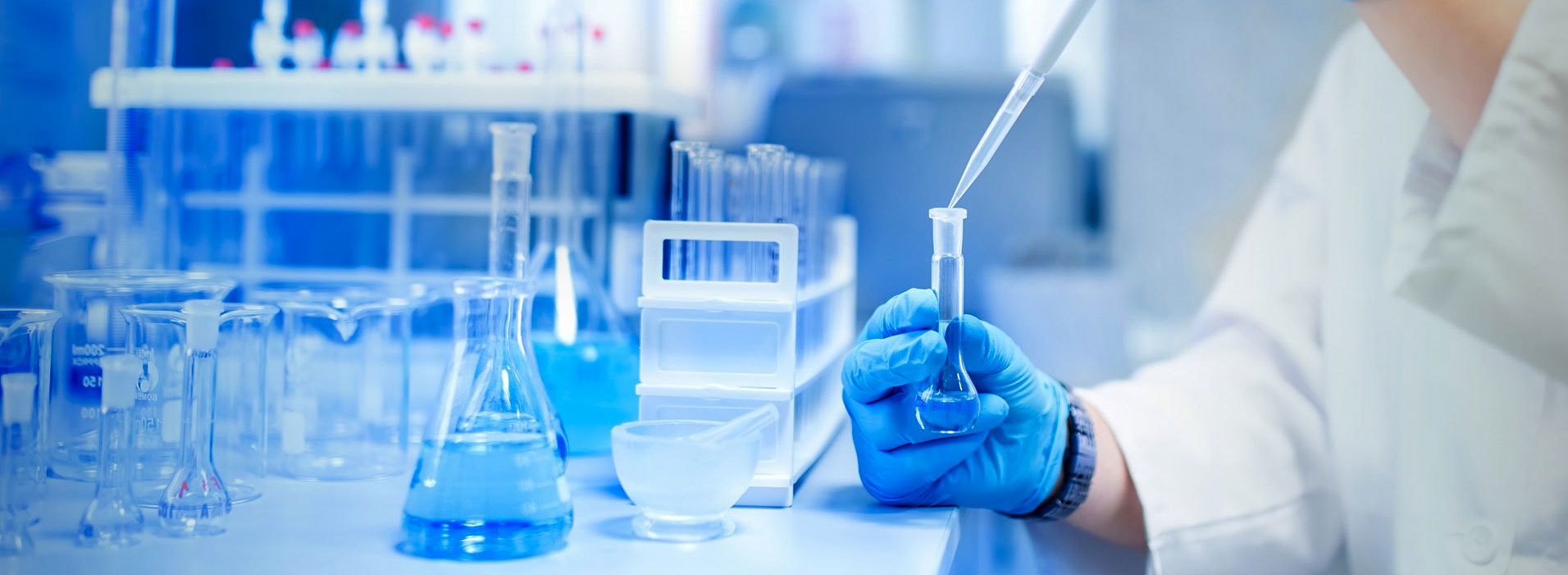Urinary System and Its Common Medical Devices
Release time:
2024-07-11
The urinary system consists of 1 pair of kidneys, 2 ureters, 1 bladder and 1 urethra. It is an important excretion pathway for human metabolites. It can regulate water and salt metabolism and acid-base balance, and produce a variety of biologically active substances, which plays an important role in maintaining the stability of the body's internal environment; urine produced by the kidney flows into the ureter The bladder is temporarily stored, and when the urine reaches a certain amount, it is excreted through the urethra. In other words, the urinary system is a general term for making urine, transferring urine, storing urine and urinating organs.

1. Urinary system
The urinary system consists of 1 pair of kidneys, 2 ureters, 1 bladder and 1 urethra. It is an important excretion pathway for human metabolites. It can regulate water and salt metabolism and acid-base balance, and produce a variety of biologically active substances, which plays an important role in maintaining the stability of the body's internal environment; urine produced by the kidney flows into the ureter The bladder is temporarily stored, and when the urine reaches a certain amount, it is excreted through the urethra. In other words, the urinary system is a general term for making urine, transferring urine, storing urine and urinating organs.
Ureter is a pair of slender tubes, the total length of about 20~30cm, the upper renal pelvis, into the bladder, there are three narrow in the middle, is the stone retention site. Bladder is a urine storage organ. Its size and shape change with the amount of urine. Bladder triangle is between the three connecting lines of the two ureteral orifices and the inner urethral orifice. It is also smooth when empty. Here is the predilection site of tumor and tuberculosis.
The micturition reflex of the bladder is controlled by the cerebral cortex and the micturition center of the spinal cord, and the pudendal nerve is transmitted to the somatic nerve, so urination can be controlled by consciousness. These structures are damaged and can cause urinary incontinence. If urine is not excreted from the bladder and is stored in the bladder, it is called urinary retention. It is normal for infants to have enuresis due to incomplete development of the cerebral cortex. Generally, this phenomenon can gradually disappear at the age of 2 to 3. Children with normal urination function cannot control their own urination during sleep, which is called enuresis.
2. Medical instruments commonly used in urological surgery
Table of Medical Instruments for Partial Urological Surgery
|
Serial Number |
Name |
Role |
|
1 |
non-vascular lumen guidewire |
Under the endoscope, it is used with J-type catheter and minimally invasive dilatation and drainage kit to support and guide. |
|
2 |
Ureteral dilatation balloon catheter |
For translinal dilatation of ureteral strictures, or ureteral dilatation before ureteroscopy or stone manipulation |
|
3 |
Single-use ureteral introducer sheath |
For urological surgery, the establishment of endoscopes and other instruments into the urinary tract channel |
|
4 |
Urinary stone extraction basket |
For use in grasping, manipulating and removing stones and other foreign bodies under endoscopy during urinary and digestive diagnosis and treatment. |
|
5 |
Plugging the Stone Extraction Conduit |
The stone extraction catheter is blocked for medical institutions to enter through the working channel of the endoscope, and the ureteral stones are controlled by blocking, and the lithotripsy and removal are assisted. |
|
6 |
Disposable Minimally Invasive Dilatation Drainage Kit |
For percutaneous puncture expansion, placement of drainage catheter or surgical instruments for one-time use |
|
7 |
ureteral stent |
It is used to pass through the bladder to the kidney, where urine is directed from the kidney to the bladder through a J-type catheter. For urinary tract support, drainage |
|
8 |
balloon dilatation pressure pump |
It is suitable for PTCA surgery, pressure is applied to the balloon dilatation catheter, so as to expand the balloon, so as to achieve the purpose of expanding blood vessels or indwelling stent in blood vessels |
|
9 |
Multi-channel single-port laparoscopic surgery puncture |
For laparoscopic surgery, as a channel for endoscopes and instruments to and from the incision |
Share










